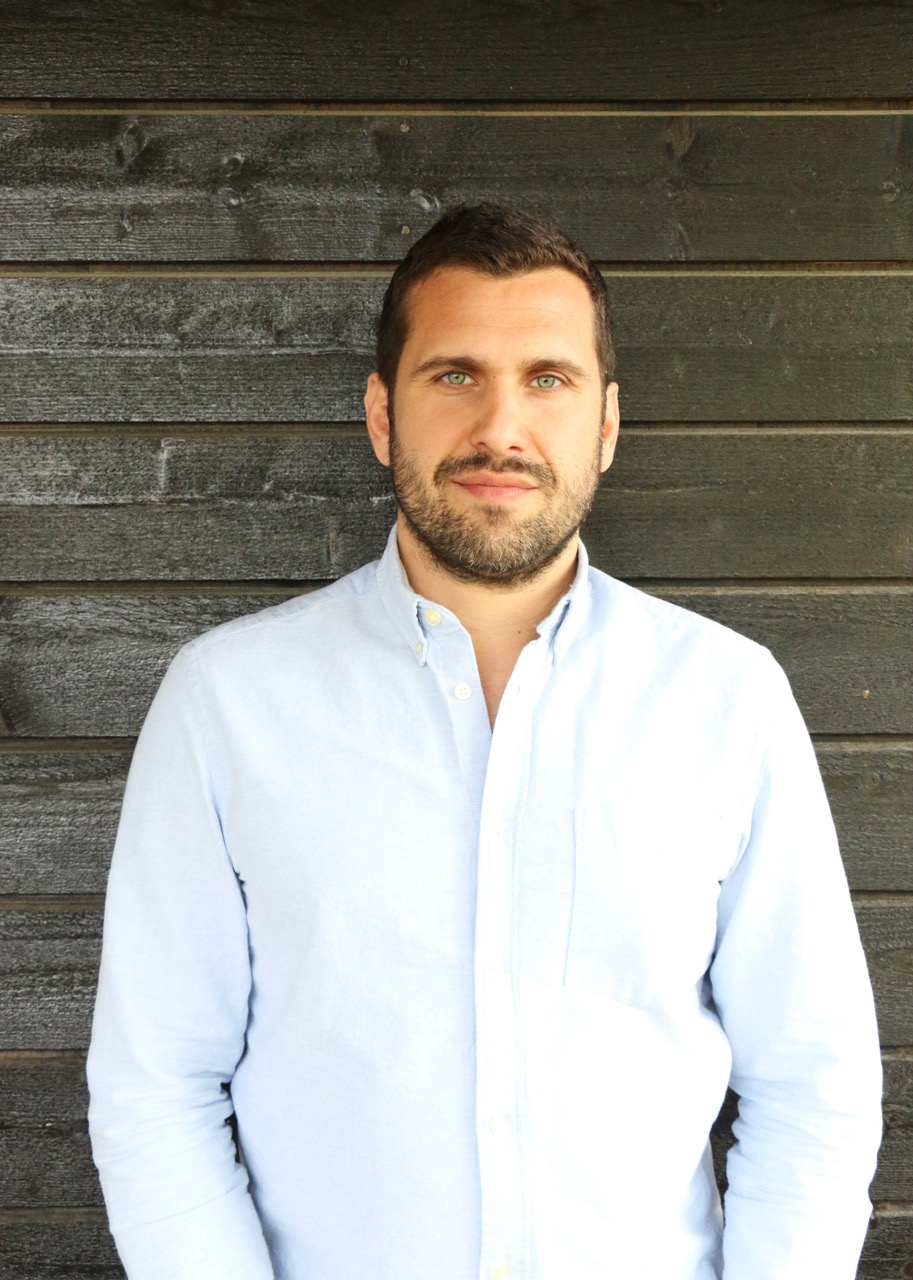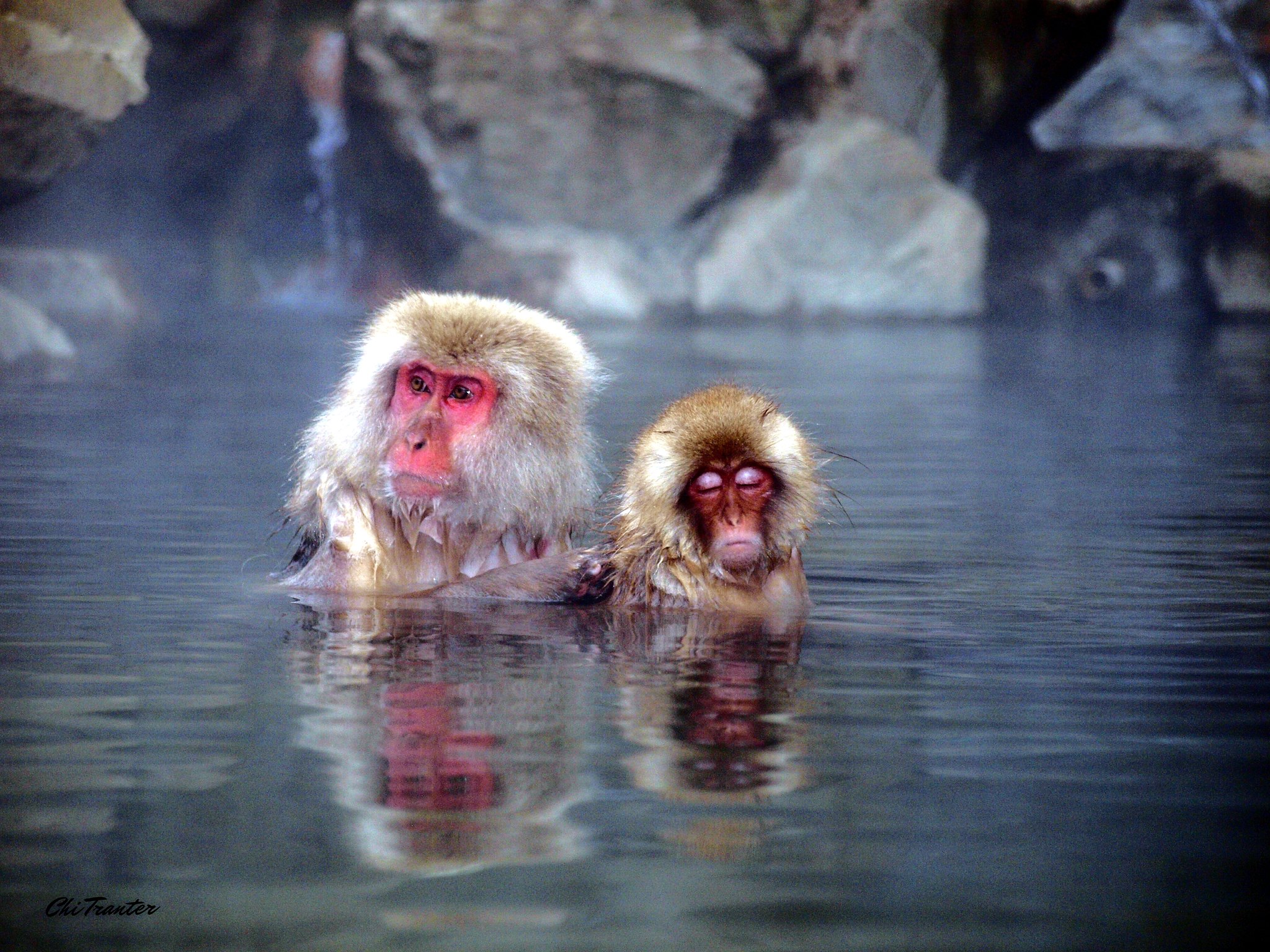After writing my recent blogpost on COVID-19, healthcare and the environment I’ve continued updating it for a pretty substantial reading, viewing and listening list. Together, I believe that these resources paint a pretty broad picture of what we are going through at the moment. They also delve into a lot of ideas that we haven’t consider much in physiotherapy yet but are really relevant to understanding and improving what we do. As I’ve continued thinking about all this, I also starting thinking about how this feels much like a watershed moment on many levels and this has been echoed in various places by now. Thinking through the concepts of (climate change) adaptation and mitigation, however, got me thinking that this maybe isn’t as much of watershed moment as it seems.
The concepts of adaptation and mitigation are hugely important and much talked about in the context of climate change, sustainability and our various environmental crises. Here are their brief definitions from the NASA Climate Change and Global Warming website:
Because we are already committed to some level of climate change, responding to climate change involves a two-pronged approach:
1. Reducing emissions of and stabilizing the levels of heat-trapping greenhouse gases in the atmosphere (“mitigation”);
2. Adapting to the climate change already in the pipeline (“adaptation”).

Filip Maric (PhD)
PT, EPA Founder
Filip Maric is a physiotherapist and researcher interested in the outer rims of healthcare and physiotherapy, practical philosophy, ethics, #EnviroPT, planetary health and sea kayaking.
In a more general and generous sense, would could say that adaptation is simply adapting to what has already happened or what we know will happen, while mitigation involves trying to reduce their extent or intensity.
If you now consider the international response to COVID-19 you should quickly be able to recognise that we are seeing elements of both adaptation and mitigation in action. This includes different adaptation measures to infections and consequences that cannot be avoided and mitigation measures like spatial distancing to curb the spread of the virus.

Considering the physiotherapy profession’s response more specifically, we can equally identify different adaptation and mitigation measures. Switching to online education and online clinical practice are adaptation measures, but insofar as they support spatial distancing, also aid in mitigation in the above sense.
Strictly or terminologically speaking, mitigation is really also just a variant of adaptation. Something is going on already and we’re reacting, adapting to it. But in the broader discourse of adaptation and mitigation, more hopeful interpretations of the mitigation occassionally include prevention in it. The discussion of whether prevention is even possible or not in the context of climate change or future pandemics is a huge topic of its own and I won’t go into it here, so please excuse the omission.
As physiotherapists, I think that we are super comfortable in the adaptation space. As David Nicholls has reminded in his blogpost about Physiotherapy in a time of pandemic, this makes perfect sense historically. Much of our professions expertise and strength has developed in reaction to wars, pandemics, injuries, or simply, illness. This is also why I would still argue that we have been physical rehabilitation specialists first and foremost, before anything else (like e.g. movement specialists, pain specialists, etc.). Therapy and rehabilitation are quintessentially about adapting to something that has already happened and mitigating its undesireable effects.
Without the shadow of a doubt, this is hugely important work and we have every reason to be happy and proud that we are as good at it as we are. In the current situation, for example, it is only right that healthcare efforts go into adaptation and mitigation in precisely the way they are. The publication of new clinical guidelines for PT management for COVID-19 in the acute hospital settings clearly follow in the tracks of our history and expertise in adaptation in this sense. It has therefore also rightly been pointed out that what we are doing now is largely usual business, in unusual times. And that is good. We (the people) need this expertise and we (the physiotherapists) have it and need to hone it.
Reaching a little further into the future, we also need to ensure that we have a large enough contingent of present and future physiotherapists that can aid in the treatment of patients with COVID-19 and other, future infectious diseases and pandemics. Loads of efforts should go into training in this direction, and I’m sure they will. Courses on COVID-19 are already popping up at admirable speeds and I’m sure this will continue and feed into professional training at all levels.

As someone thinking in the space of environmental physiotherapy, I hope that we will also continue looking for and teaching about causal factors in the development and treatment of illness, which, again, is just continuing what we have done for long anyway. In the context of COVID-19, this means recognising and acknowledging the social and environmental issues that have led to what we are experiencing today and that continue to drive similar issues in the future.
If you consider these causes, which, by the way, are essentially uncontested, than it’s quite fascinating to recognise how all healthcare and physiotherapy practiced on ICU wards at the moment and all the rehabilitation that will follow in its wake actually falls under the climate and environmental change adaptation category. We are really getting a very distressing, blunt and immediate course in planetary health, or environmental physiotherapy if you will. What is happening clinically is a direct result of what has happened socially and environmentally and understanding these connections is a critical aspect of what planetary health is all about.
If we were going to dive deeper into our comfort zone of adaptation, this could and probably should be developed a lot further as we prepare future physiotherapists to be able to respond the various health impacts of environmental degradation that we already know are coming. This includes treating trauma and injury resulting from extreme weather events, pulmonary problems due to air pollution and infectious diseases, cardiovascular problems due to extreme heat, you name it.

Factoring in the drivers of COVID-19 and other such clinical consequences of our socially and ecologically destructive ways of living is where area where an opportunity for doing something veritably new or different might be presenting itself now. In brief, this is the opportunity to think about how we can get involved further upstream in the process of healthcare, how we can not just improve our adaptation efforts, but also our knowledge and expertise in mitigation or even prevention.
In some respect, this is really new to us because it’s all about getting explicitly involved in areas and topics that we just haven’t been involved much to date. Clearly, the possibility implied in this is also one of the motivations driving the Environmental Physiotherapy Association and all of its projects. We really believe that there is something for us to do here, and something that physiotherapists can contribute quite uniquely.
That said, this is not so much the focus in this blogpost about adaptation, mitigation and the question of the extent to which this is or isnt’t a watershed moment. More in relation to this, there is also something profoundly old in getting more involved in social and environmental issues insofar as it is really just an extension of how we’ve been thinking for our long time, connecting cause to problem and treatment in one way or another.
From this perspective, even embarking in the seemingly new direction of planetary health is not indicative of a true watershed moment. It is primarily about adaptation of what we’ve been doing and how we’ve been thinking for quite some time to a bigger-picture that, albeit, more closely reflects the reality of how health and illness come to be in the first place.

In my opinion, the other area that is not indicative of a watershed moment, though it is hailed as such by many is the shift to digital education and physiotherapy. I find this not so much a change, as much as simply a progression in a direction that we have been moving to anyway, in education and clinical practice alike. Speaking to clinical practice, for example, we have already been working our way toward more focus on exercise, movement, and verbal communication as our primary tools for some time now, so doing this with even less physical contact is nothing new.
That being said, the bigger move to digital clinical practice that we are seeing and supporting at the moment might well be the final nail in the coffin for the more embodied and especially physical touch and proximity elements of physiotherapy. Again, this is just the logical progression of the direction we’ve increasingly been working towards anyway, but maybe, as it might signify the loss and leaving behind of a modality that we have long been associated and identified with, well then just maybe there is some kind of watershed here.
I have to admit, I feel some fairly deep loss and sadness here. If I consider how much people have fought for the right our touch and therewith be as close to people as we have been, to leave this behind because we don’t recognise it’s value anymore saddens me. Much has been said about the relative inefficacy of many of our manual treatment approaches, but this is always only in relation to what we wanted them to be effective for, or the ways we wanted them to be effective. But I don’t think anyone in their right mind would argue against the importance of physical contact/touch to human health. In our profession, however, I’m not sure we’ve been able to harness and work with the true potential of touch, with what it really might be incredible and essential for.
Early on into the current situation, I jokingly tweeted that one of the first things I would do when we come out of lockdown is to hug people for inordinate amount of times. And it’s been pointed out by many others that what people are missing most during lockdown is not the material stuff, but being close to and with people. Others have written about how much they miss touch, and yet others about how touch saved them from unbearable loneliness.
For me, this period once again got me thinking how we’ve maybe been going wrong about touch for quite some time, and how our narrow focus on rehabilitation of the physical has made it difficult for us to use physical means for truly biopsychosocial means. People trust us to touch them and they trust our expertise in touch, which is actually something quite special and remarkable. So what if we engaged in the delivery and promotion of physical contact for the sake of biopsychosocial benefits like oxytocin release, mental wellbeing and relaxation and social cohesion. And this not to mention some of the more amazing things that can be done by using more hands-on physical therapies.
The images of these gorgeous Japanese Macaques make wonder about this. They make me wonder whether the provision of high value physical touch might not be just the way that we can help people be more gentle and kind to themselves and to others, feel that extra little bit of calm and relaxation that you can feel after a good massage, forget about their physical and emotional pains, even if just for a minute, to huddle up and enjoy a spa and a sauna together more often, and so on. The images remind that physical touch has been practiced for these purpose for millenia, and across, and even between species. So I wonder whether high value physical touch might not be just another critical way in which we can contribute to global (climate change) adaptation and mitigation efforts alongside our other colleagues across the physical therapies. And wouldn’t that be a fun turn of history.
Best wishes and a virtual hug,
Filip



This is phenomenal and thought provoking.
Thanks Filip for the Insight!
Thanks Muoka, much appreciated.
Thanks for highlightening the idea of thinking about the pandemic as a possible historical turn for the future development of physiotherapy. Certainly, the changes in physiotherapy are connected to sociopolitical events during the history. Physiotherapists have developed practical solutions to handle crisis or meeting new challenges in the society,or as you call it, adjust to new situations. But let us this time think more radically and critically about physiotherapy to meet the future. What has to be carried forward in new ways and with new meanings, and what can be left behind?
Thanks so much for your comments Anne Marit. You are exactly right that those are the big questions we need to ask now.
I love that you used these beautiful images of primate cousins “social grooming” each other. I’ve argued for decades that this is what hands-on treatment for pain boils down to. Lest we forget, we are still primates ourselves, so I expect we will resume it as soon as we’re safe, and yes, a reconceptualization of manual therapy is needed. Terribly needed. I have attempted to do that by reframing it as dermoneuromodulating.
Thanks so much for your comments Diane, I’m so glad to hear these thoughts and pictures resonated with you. I agree some reconceptualisation of the manual aspects of our work is necessary. Maybe a reframing that would coincide with some technical adjustments also. I must apologise for not being very familiar with what you’ve done in this space, but will certainly have a good look. I can understand the appeal of a term like DNM to a profession that is so scared of the psychological and social (but oh so therapeutic) elements of human touch. Nicholls & Holmes (2012) article on ‘Discipline, desire, and transgression in physiotherapy practice’ comes to mind.
So interesting. So many food for thoughs. Thanks Filip! (Croatian ancestry?)
Thanks Roberto 🙂